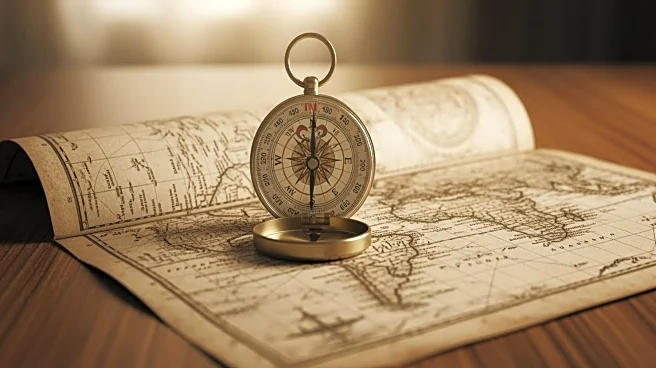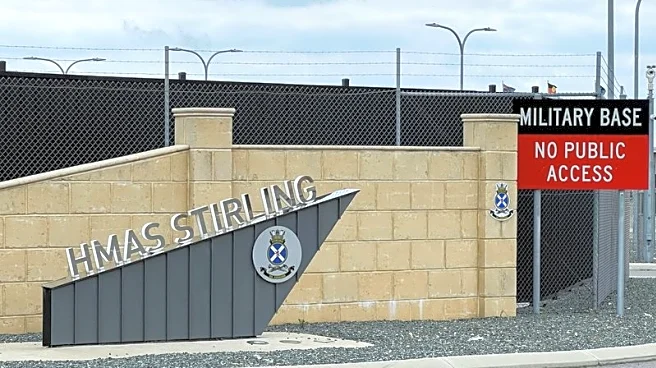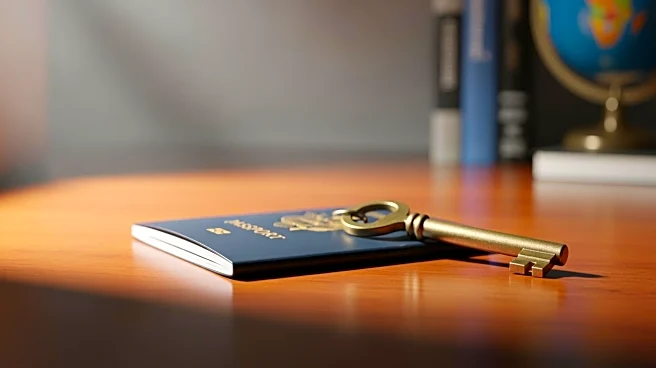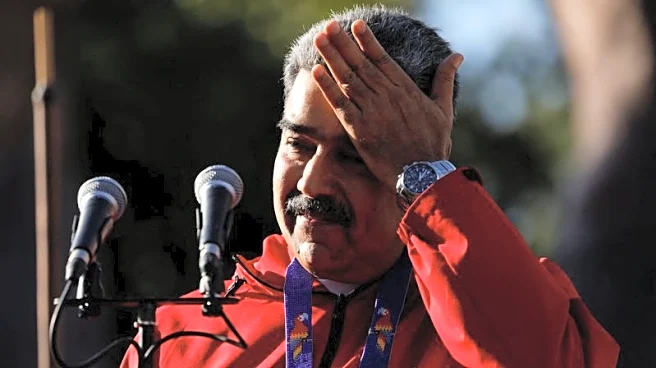What's Happening?
The Trump administration has released a significant collection of declassified documents related to the search for Amelia Earhart, who disappeared during her attempt to fly around the world in 1937. The documents,
totaling 4,624 pages, include Coast Guard messages sent to Earhart and her navigator, Fred Noonan, after they vanished on July 2, 1937. These communications reveal the desperate efforts to contact Earhart and the extensive search operations conducted by the U.S. Navy and Coast Guard. Despite a 16-day search, neither Earhart nor her aircraft was found, leading to numerous theories about her disappearance. The documents also include photos, flight logs, and reports on the search efforts, as well as subsequent inquiries and theories about her fate. A recent expedition by researchers from Purdue University and the Archeological Legacy Institute is investigating a metallic object in the South Pacific, believed to be related to Earhart's aircraft.
Why It's Important?
The release of these documents provides new insights into one of the most enduring mysteries in aviation history. Amelia Earhart's disappearance has captivated the public for decades, and the declassified materials offer a detailed look at the search efforts and the challenges faced by those involved. This information could potentially lead to new theories or discoveries about what happened to Earhart and Noonan. The ongoing interest in Earhart's story highlights the broader cultural and historical significance of her pioneering achievements in aviation. Additionally, the current expedition to investigate the 'Taraia Object' could bring closure to a mystery that has persisted for nearly 90 years, impacting historical narratives and possibly leading to new findings in aviation archaeology.
What's Next?
The research team from Purdue University and the Archeological Legacy Institute is expected to return from their expedition on November 21. Their findings could provide crucial evidence regarding the fate of Earhart's aircraft. If the 'Taraia Object' is confirmed to be part of Earhart's plane, it would be a groundbreaking discovery, potentially solving a mystery that has puzzled historians and aviation enthusiasts for decades. The release of additional documents by the U.S. National Archives, as promised by Director of National Intelligence Tulsi Gabbard, may also offer further insights into the events surrounding Earhart's disappearance.
Beyond the Headlines
The declassification of these documents raises questions about the transparency of historical records and the role of government in preserving and releasing information of public interest. The ongoing fascination with Earhart's story reflects broader themes of exploration, risk, and the human spirit's quest for achievement. The potential discovery of her aircraft could also influence future archaeological methods and technologies used in underwater exploration, setting precedents for how similar historical mysteries are approached.












